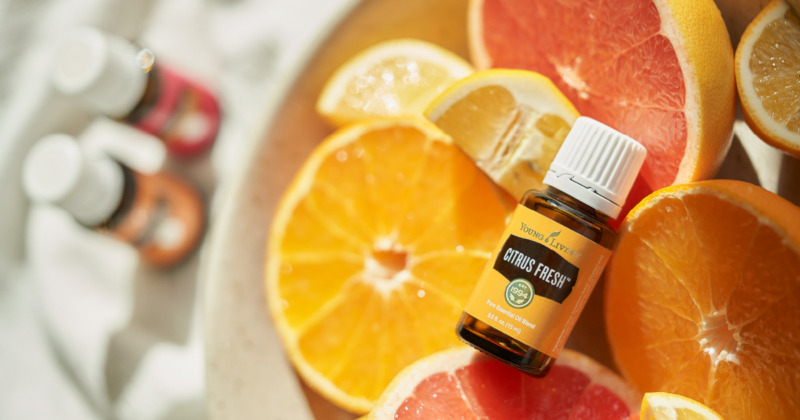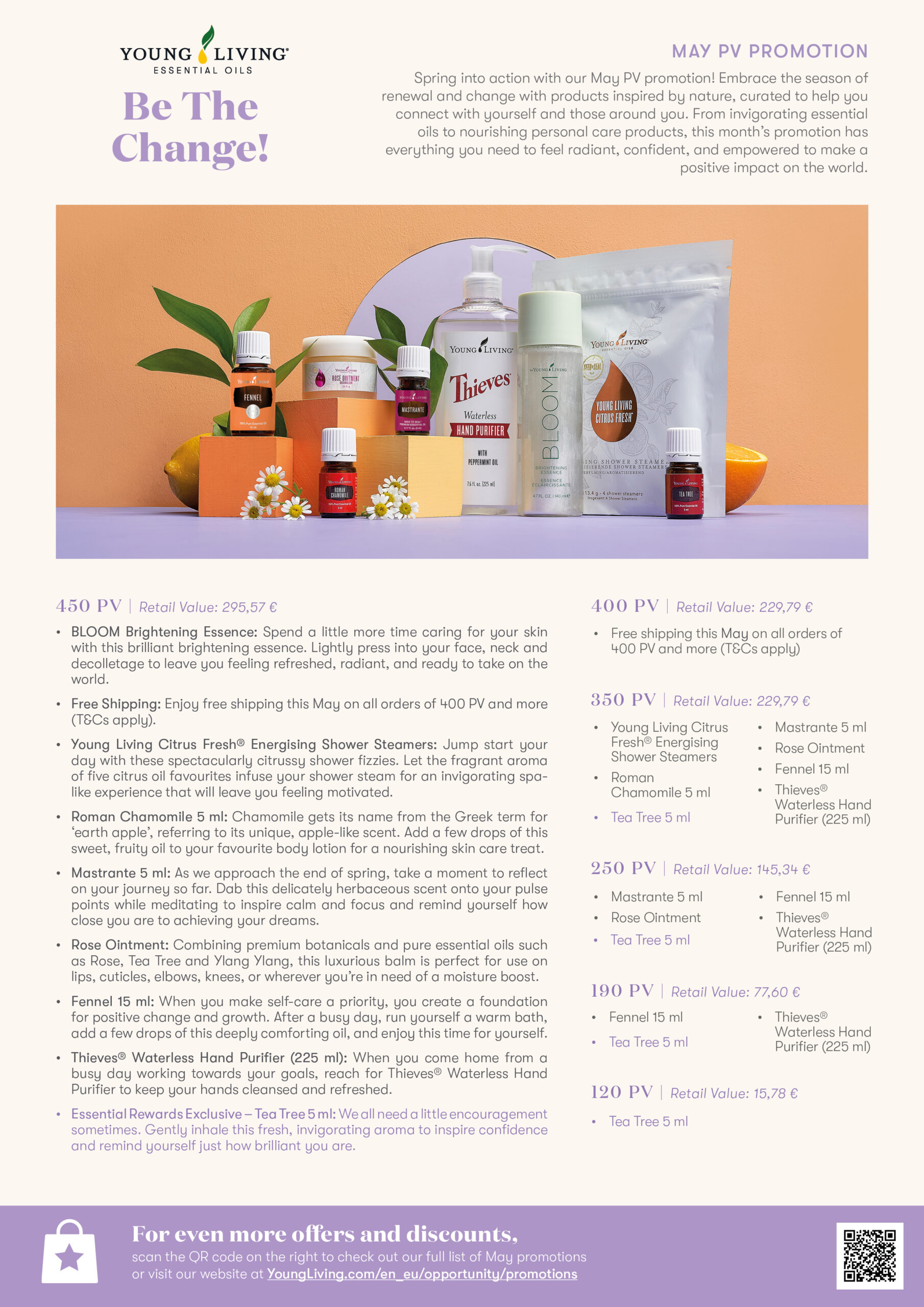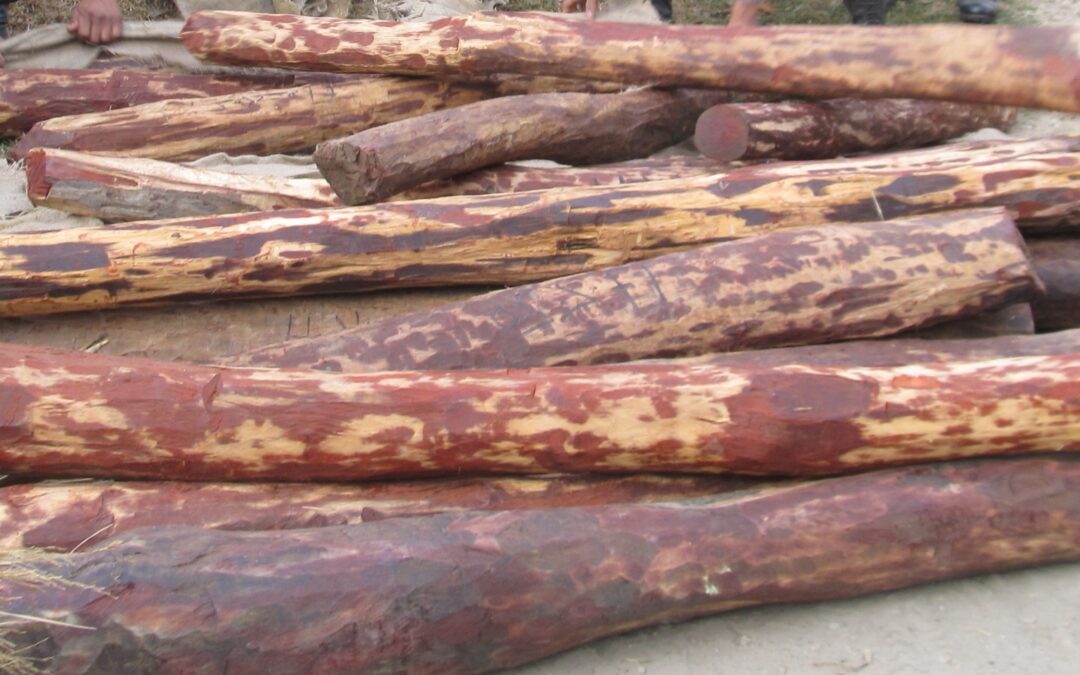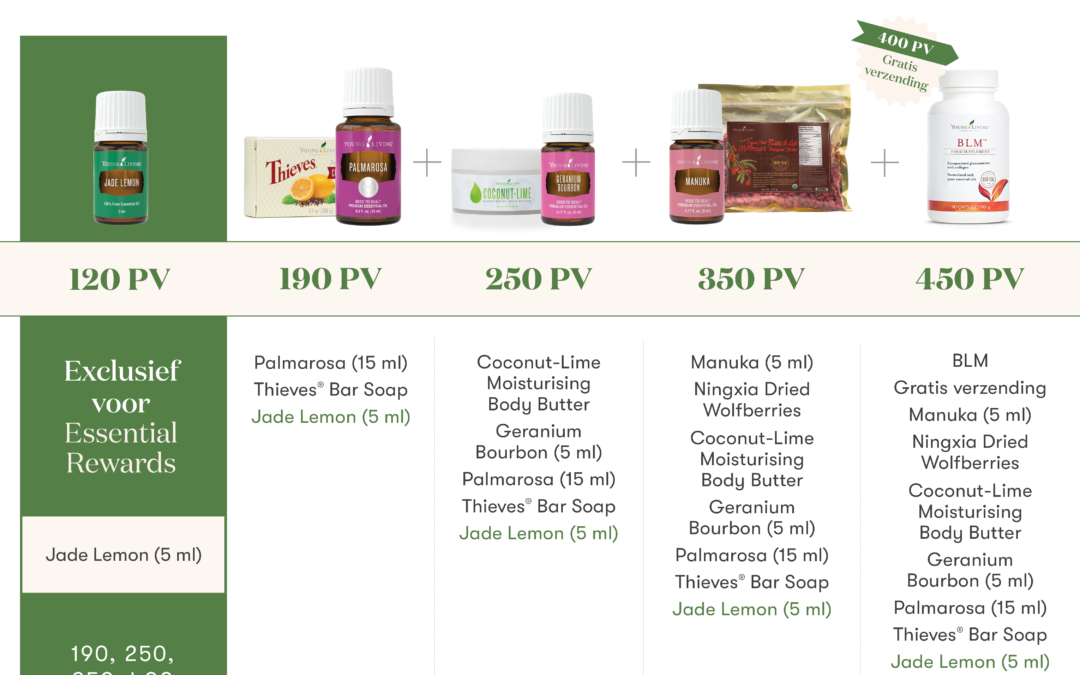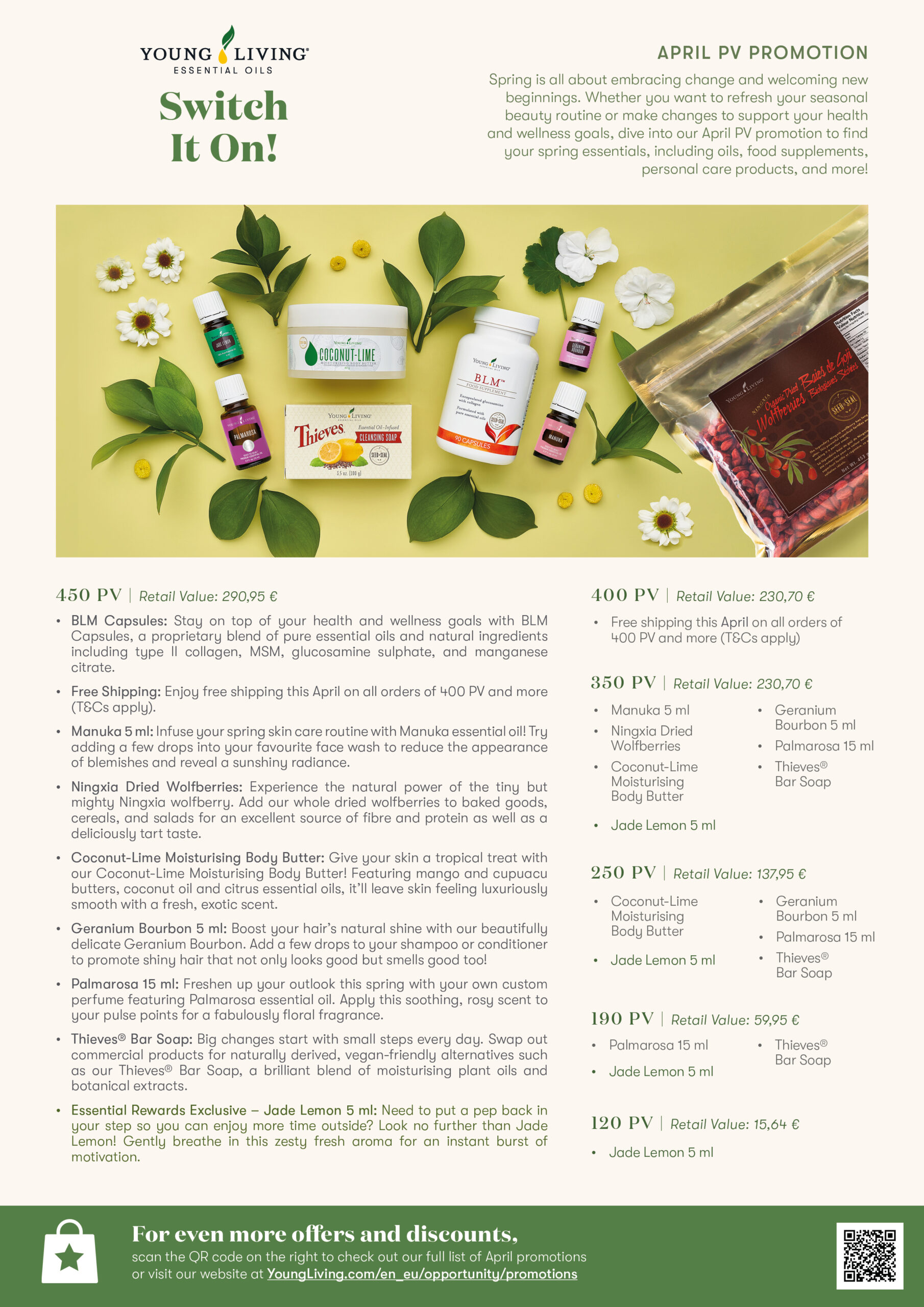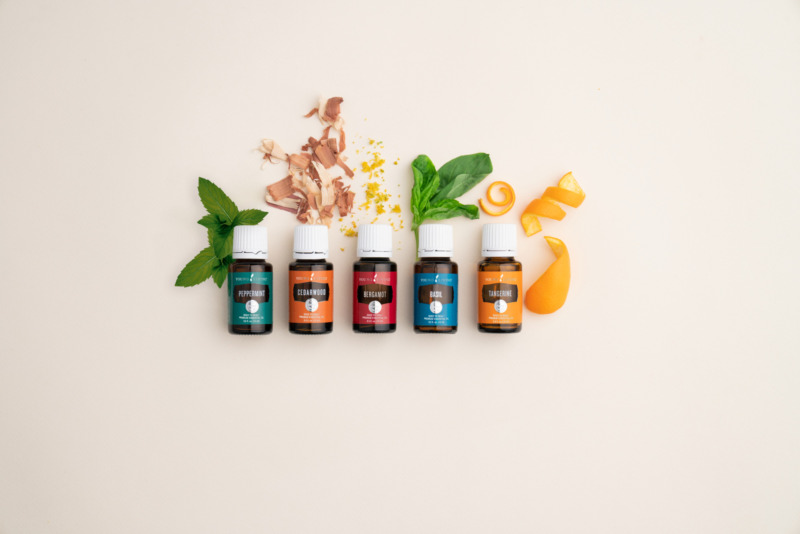
Frequently Asked Question… June 2023
Can essential oils go bad?
If you have a collection of essential oils, you’ve probably wondered, “Can essential oils go bad? Do essential oils go bad?” The answer is: not really! Essential oils don’t go bad the same way as food or other items, but they undergo an oxidation process that begins as soon as the bottle is opened and the oil is exposed to oxygen in the air. Light and heat also enhance oxidation.
It is important to understand what oxidation is…
When an oil comes in contact with oxygen, ultraviolet light and heat, its composition begins to change. The oxygen bonds between molecules are converted to carbon bonds. Over time, the essential oil begins to lose its potency and effectiveness as its chemical composition is broken down by oxidation. This is why most essential oils are sold in amber bottles; the dark glass provides better protection from ultraviolet light. Although essential oils do not “go bad” like food, they change over time. Because of these changes, we cannot fully determine the exact composition of essential oils after oxidation and recommend using oils aromatically only after the recommended shelf life has expired. The good news is that there are a few simple things you can do to slow the rate of oxidation and extend the life of your oil.
How do I extend the shelf life of essential oils?
Extending the shelf life of your oils is pretty easy! Just follow these tips:
- Keep them sealed
- Store them in dark amber bottles
- Keep them out of direct light and heat.
- Essential oils on a shelf
What is the shelf life of common essential oils?
Many essential oils have a shelf life of about 2-5 years if stored in sealed, dark glass bottles kept out of direct light and heat. Some oils such as Patchouli, Sandalwood and Vetiver can last 6-8 years. Here are some timelines for popular essential oils: 1-2 years: Lemon, Lime and Tangerine 2-3 years: Bergamot, Black Pepper, Copaiba, Cypress, Frankincense, Helichrysum, Lemongrass, Melissa, Rosemary, Spearmint and Tea Tree. 3-4 years: Cardemon, Cinnamon Bark, Sage, Eucalyptus globulus, Lavender, Myrrh, Thyme and Vanilla oleoresin. 4-5 years: Blue Tansi, Cedarwood, Peppermint, Wintergreen and Ylang Ylang. Although they don’t expire, essential oils can eventually oxidize to the point where you may need to replace them. Here are a few ideas for what to do with essential oils when they reach that point:
- Diffusion: As long as you still enjoy the scent of the oil, diffusion is perfectly safe.
- Washing: Keep fibers smelling their freshest by using a drop or two in your laundry. Be sure not to apply the oil directly to the fabric!
- Cleaning: Use them in everything from refrigerator freshener and window spray to potpourri, cleaning fizzies, and more!
- Repurpose: Empty essential oil bottles can be used in dozens of creative ways, from craft supplies to DIYs.
Now that you know all there is to know about essential oil oxidation and how to minimize its effects on your essential oils, we hope you feel more confident in your ability to build and maintain a collection of essential oils as you use them in every aspect of your life.
